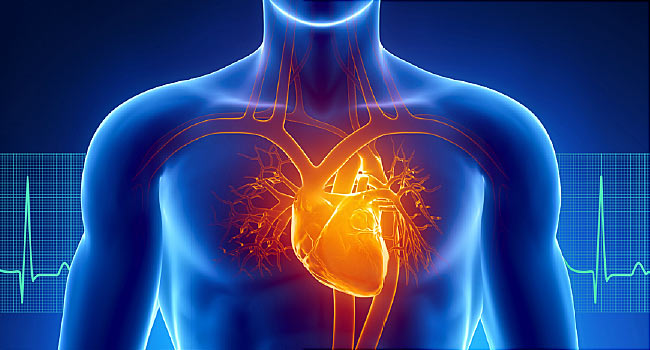
 US researchers from Carnegie Mellon University has successfully built functional heart parts out of collagen with a 3D bioprinter, using a breakthrough technique, which they say could one day create entire organs.
US researchers from Carnegie Mellon University has successfully built functional heart parts out of collagen with a 3D bioprinter, using a breakthrough technique, which they say could one day create entire organs.
The technique, described in ‘Journal science’ replicates the body’s complex biological scaffolds using its most abundant protein at the highest level of precision yet achieved. The structures are then further embedded with living cells and capillaries at a resolution of 20 micrometres, far greater than most 3D printers used to create plastic structures.“What we were able to show is you can 3D print a heart valve out of collagen,” Adam Feinberg, a co-author of the paper who is a professor of biomedical engineering at Carnegie Mellon University, told AFP.
The team used MRI scans of human hearts to reproduce patient-specific parts, which achieved outcomes like synchronized beating and opening and closing of valves. Previous attempts for printing scaffolds, which is also known as extracellular matrices, had been hindered by limitations that resulted in poor tissue fidelity and low resolutions.
Collagen is the ideal biomaterial for the task since it makes up every tissue in the human body. It starts as fluid and attempting to print it resulted in a puddle of jello-like material. But the team was able to overcome this situation by making changes in pH, thus solidifying collagen with precise control. The technique called Freeform Reversible Embedding of Suspended Hydrogels (FRESH), allows the collagen to be added layer by layer in a support bath of gel, which is then melted away by heating it from room to body temperature, leaving the structure undamaged.
The technique could one day help patients awaiting heart transplants, but it will need to validate through animal testing and eventually human. Challenges to that goal include the generation of the billions of cells needed to bioprint large tissues, achieving manufacturing scale, and following regulatory processes so that it can be tested in animals and eventually humans. “I think the more near term is probably patching an existing organ,” such as a heart that has suffered a loss of function through a heart attack, or a damaged liver, said Feinberg.
The team’s designs are open-source, meaning other labs can replicate the results and print the same parts.
Source: Hindustan Times, Times Now